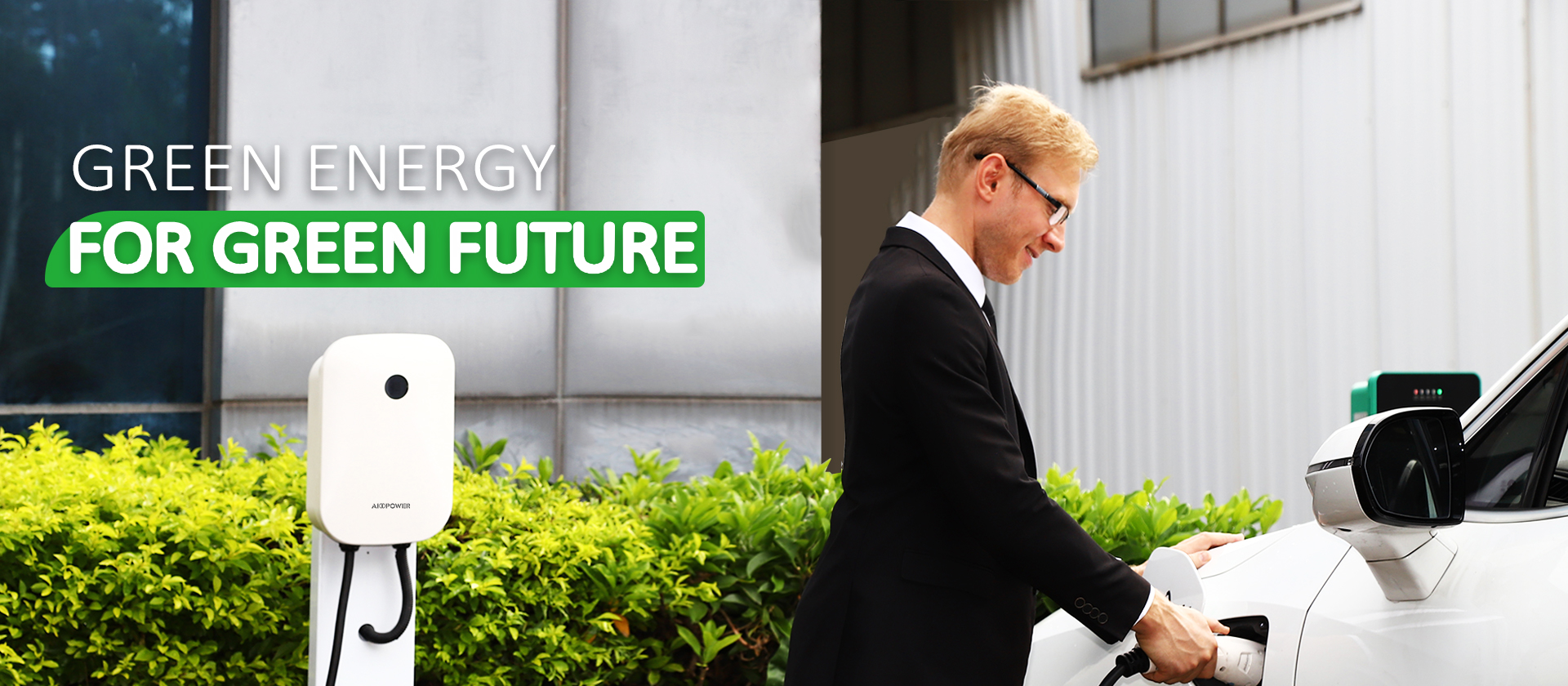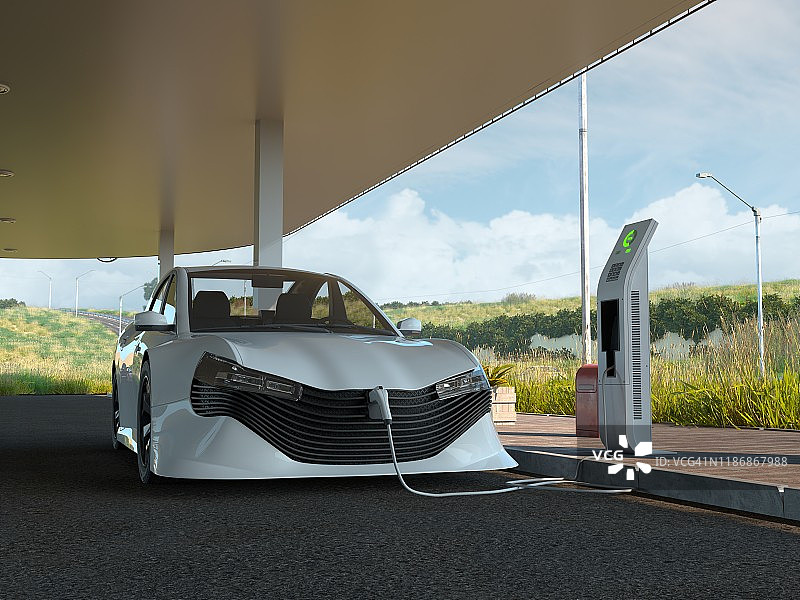According to new data from Stable Auto, a San Francisco startup that helps companies build electric vehicle infrastructure, the average utilization rate of non-Tesla-operated fast charging stations in the United States doubled last year, from 9% in January. 18% in December. In other words, by the end of 2023, each fast charging device in the country will be used for an average of nearly 5 hours a day.
Blink Charging operates about 5,600 charging stations in the United States, and its CEO Brendan Jones said: "The number of charging stations has increased significantly. The (electric vehicle) market penetration will be 9% to 10% , even if we maintain a penetration rate of 8%, we still don’t have enough power.”
Rising usage is not just an indicator of EV penetration. Stable Auto estimates that charging stations must be operational about 15% of the time to be profitable. In this sense, the surge in usage represents the first time a large number of charging stations have become profitable, Stable CEO Rohan Puri said.

Electric vehicle charging has long been a bit of a chicken-and-egg stalemate, especially in the United States, where the vast expanse of interstate highways and a conservative approach to government subsidies have limited the pace of charging network expansion. Charging networks have struggled over the years due to slow adoption of electric vehicles, and many drivers have given up on considering electric vehicles due to a lack of charging options. This disconnect has given rise to the development of the National Electric Vehicle Infrastructure Initiative (NEVI), which has just begun doling out $5 billion in federal funding to ensure there is a public fast-charging station at least every 50 miles along major transportation arteries across the country.
But even if these funds have been allocated so far, the U.S. electric ecosystem is gradually matching electric vehicles with charging devices. According to a foreign media analysis of federal data, in the second half of last year, U.S. drivers welcomed nearly 1,100 new public fast charging stations, an increase of 16%. By the end of 2023, there will be nearly 8,000 places for fast charging of electric vehicles (28% of which are dedicated to Tesla). In other words: There is now one electric vehicle fast-charging station for every 16 or so gas stations in the United States.

In some states, charger utilization rates are already well above the U.S. national average. In Connecticut, Illinois and Nevada, fast charging stations are currently used for about 8 hours a day; Illinois' average charger utilization rate is 26%, ranking first in the country.
It is worth noting that as thousands of new fast charging stations are put into use, the business of these charging stations has also increased significantly, which means that the popularity of electric vehicles is outpacing the speed of infrastructure construction. The current increase in uptime is all the more noteworthy given that charging networks have long struggled to keep their devices online and functioning properly.
Additionally, charging stations will have diminishing returns. Blink's Jones said, "If a charging station is not used for 15% of the time, it may not be profitable, but once the usage approaches 30%, the charging station will be so busy that drivers will start to avoid the charging station." He "When utilization reaches 30%, you start to get complaints and you start to worry about whether you need another charging station," he said.

In the past, the spread of electric vehicles has been hampered by a lack of charging, but now the opposite may be true. Seeing that their own economic benefits continue to improve, and in some cases even receive federal funding support, charging networks will be more daring to deploy more areas and build more charging stations. Correspondingly, more charging stations will also enable more potential drivers to choose electric vehicles.
Charging options will also expand this year as Tesla begins opening its Supercharger network to cars made by other automakers. Tesla accounts for just over a quarter of all fast-charging stations in the U.S., and because Tesla sites tend to be larger, about two-thirds of the wires in the U.S. are reserved for Tesla ports.
Post time: Mar-28-2024





